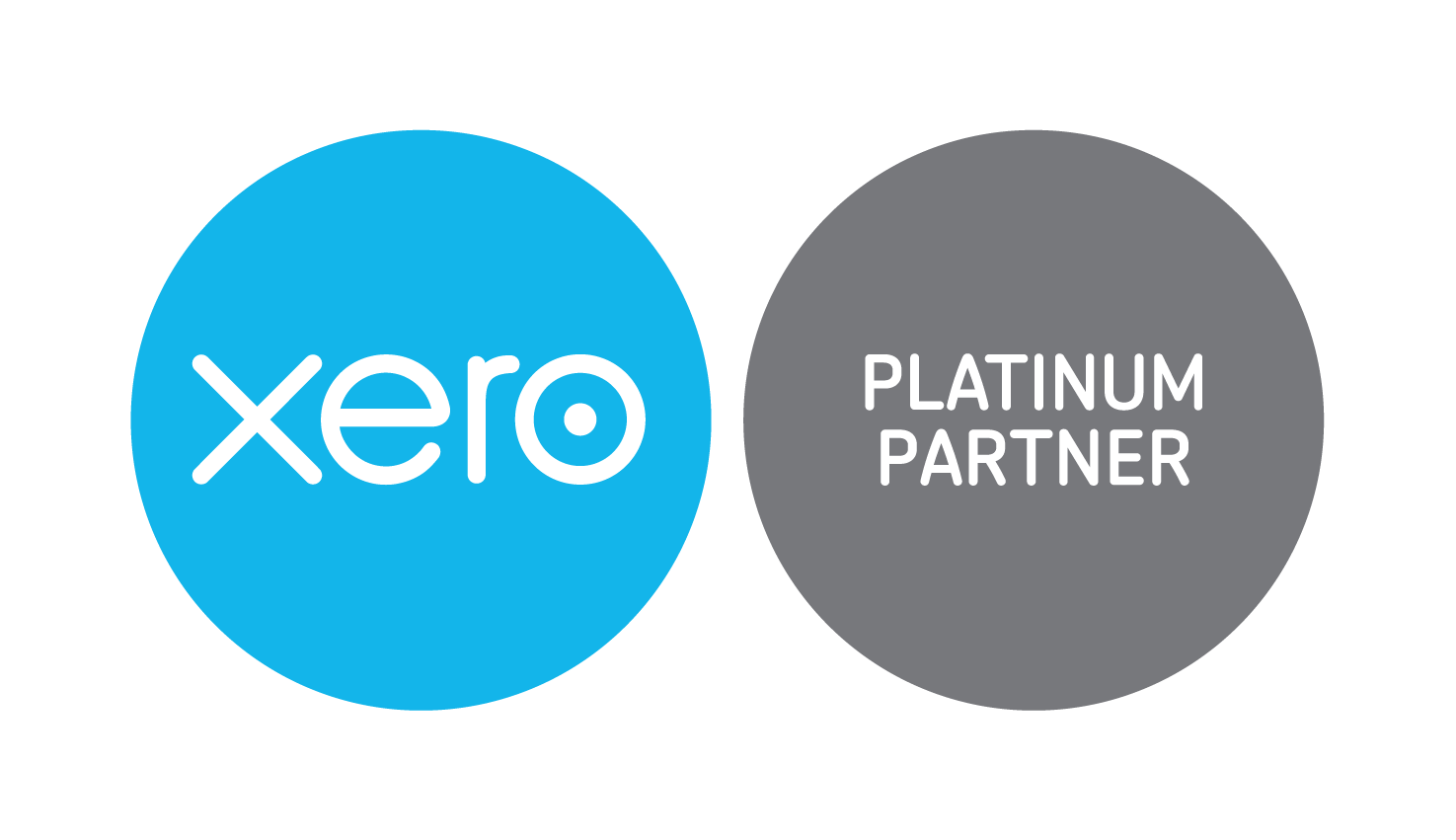20 tax planning tips
Flor- Hanly - Thursday, June 06, 2019
Have you got your tax planning in order?
30 June is rapidly approaching! The ATO acknowledges that you have the right to arrange your financial affairs to keep your tax to a minimum. We call it “tax planning” and it is typically done just before the end of the financial year.
 What is tax planning?
What is tax planning?
There are two “types” of tax planning:
Long Term Tax Planning
Ideally you should have a long term “year-in-year-out” strategy. This involves having your business and financial affairs structured correctly to achieve an acceptable overall average rate of tax. This should take into account your long term goals and cash flow needs. Paying tax is a major “cash outflow” and tax is paid with after tax dollars. Paying too much tax can severely cripple a business, possibly destroying it. On the other hand, chasing tax deductions by spending money just to reduce tax can also destroy your cash flow and your future viability. Everyone has heard that “cash is King” and it is!With 30 June approaching, you should now be preparing estimates of actual taxable incomes to see whether or not everything is on track per your long term strategy and adjusting accordingly to get the best possible outcome for this financial year ie “end of year tax planning”.
End of financial year tax planning
The remainder of this article is focused on what you can do before now and the 30th June to optimise your taxation position for this financial year.1. Instant asset write-off. Plant and equipment purchased after the 2nd April, 2019 costing less than $30,000 (net of GST) can be instantly written off for tax purposes. This is now available for businesses with turnovers up to $50 million. This provision is in place until 30th June 2020. From 29th January 2019 to the 2nd of April, 2019 the instant asset write-off limit was $25,000 and limited to businesses with a turnover of less than $10 Million. Prior to 29th of January 2019 assets needed to be less than $20,000;
2. General SBE Pool write-off if less than $30,000. If you are a small business entity (turnover of less than $10 million) the balance of your general depreciation pool can be written off in the year it reduces to less than $30,000;
3. Depreciation Pooling for Small Businesses. Small businesses with a turn over of less than $10 million can pool their depreciable items and take advantage of higher depreciation rates. They can claim 15% write off in the year an asset is added to the pool and the pool is written-off at 30% per year. Further if you dispose of an asset, the proceeds can be used to reduce the pool instead of having to bring to account depreciation recouped as income;
4. Fencing. New fencing is entitled to an immediate write-off;
5. Water Facilities. New water facilities are entitled to an immediate write-off. Be careful when purchasing second hand water facilities;
6. Fodder Storage Facilities. Fodder storage facilities paid for or first used after the 19th August 2018 are immediately written off. The “facility” must be “mainly” used to store fodder.
7. Farm Management Deposits. Primary producers can make deposits into Farm Management Deposits and not pay any tax on the deposits until withdrawn. Farm Management Deposits are limited to $800,000 per person at any one time and can only be made if your non-primary production income is less than $100,000 in the year you make the deposit. When making Farm Management Deposits consider whether or not you are likely to have lower income years in the future to cash them in tax effectively. FMDs are a very tax effective risk management tool. However they are not for everyone. Beware of cashing them in without doing careful tax planning, particularly if you operate through a trust. If you are planning to cash some in before 30 June be aware that you may need to give your bank 30 days notice and time is running out to do this this year;
8. Profit from the forced sale of livestock. Livestock producers have the ability to defer profit from the forced sale of livestock because of the loss of pastures by reason of fire, flood or drought;
9. Double wool clips. Tax relief is available in relation to the proceeds of the sale of two wool clips arising in an income year because of an early shearing caused by drought, fire or flood;
10. Converting Primary Production income into Non Primary Production income. Be careful when paying family members wages as you are effectively converting primary production income into non primary production income and may upset their ability to utilise Farm Management Deposits and other specific provisions for primary producers;
11. Superannuation. Consider what you can contribute into superannuation and whether it is an appropriate strategy for you. Individuals can have up to $25,000 contributed into superannuation tax effectively. Concessional contributions are taxed at 15% inside the superannuation fund. There are also several other ways you can make contributions to superannuation. These do not gain tax deductions but can be very tax effective by helping to moving wealth into super where the investment earnings will be taxed at 15% or tax free if in pension phase;
12. Trading Stock. Consider if there are any opportunities on what value you use for closing stock this year. You can choose between cost, market selling value and replacement value. If you have significant tax losses you could choose market selling value to lift the book value of your stock. This can be a very effective strategy in succession planning;
13. Trust distribution minutes. By law trust distribution minutes must be prepared and signed before 30th June. Detailed estimates and careful planning are essential. Remember to check your trust deed to make sure you know who can be beneficiaries of the trust;
14. Distributing from trusts to “bucket companies”. The company tax rate for businesses with turnover less than $50 million is 27.5% for most small businesses. This may apply to your beneficiary company. Advice should be sort as to whether or not this is appropriate to your situation;
15. Prepaying of expenses. I don’t believe in giving your money to someone before you have too! There is also a very real risk that the supplier may go broke before you collect what you have paid for so be careful. Having said that, sometimes prepaying of upcoming expenses can be a worthwhile strategy;
16. Prepaying Interest. As above!
17. Financing equipment – lease verses chattel mortgages. With the turnover test for small businesses now being $10 million, depreciation rates are very generous. As such leasing may not be as tax effective as it may have previously been. Lease payments can, however, be prepaid up for up to twelve months which may be a suitable strategy;
18. Income splitting. Based on your taxation structures, consider what income splitting opportunities may be available;
19. Capital Gains Tax. Have you made a capital gain? The Small Business Capital Gains Tax Concessions are very generous. If you have, then you should seek advice to ensure you are utilising them as effective as possible;
20. Donations. Don’t forget you can make tax deductible donations to charities of your choice who can benefit from your support. They need to be registered deductible gift recipients.
The above list is by no means exhaustive. It is very important to gain professional advice to determine appropriate strategies for your operation, so call Flor-Hanly Accountants in Mackay on 07 4963 4800.



Connect with us whatever way you like!
Facebook
LinkedIn
Email